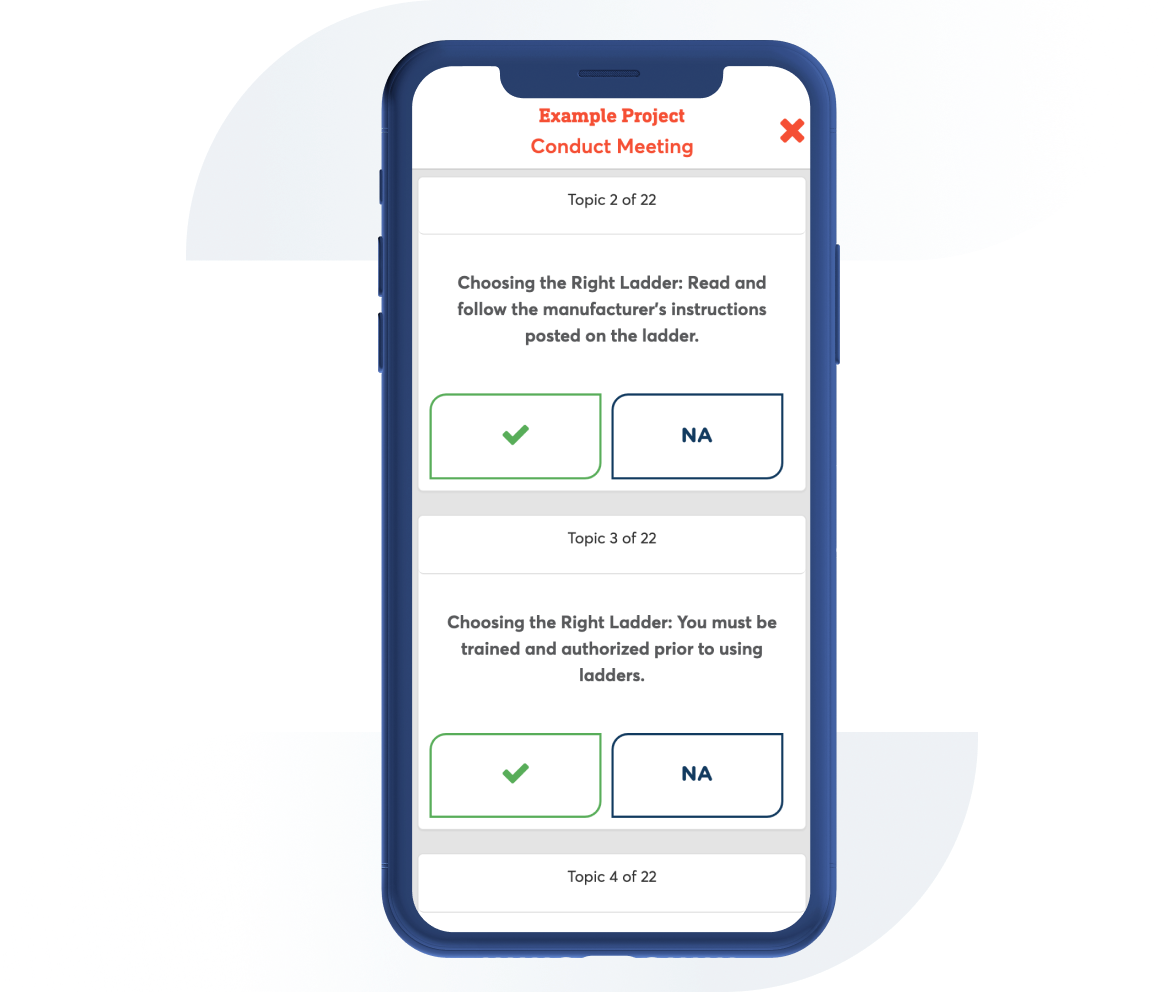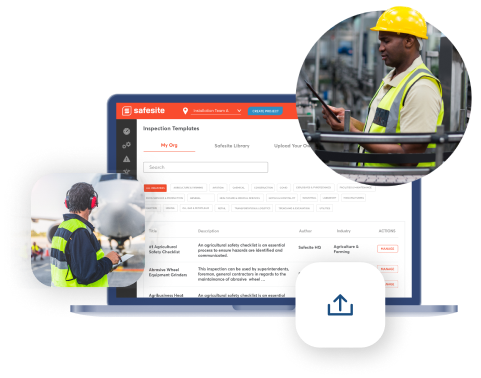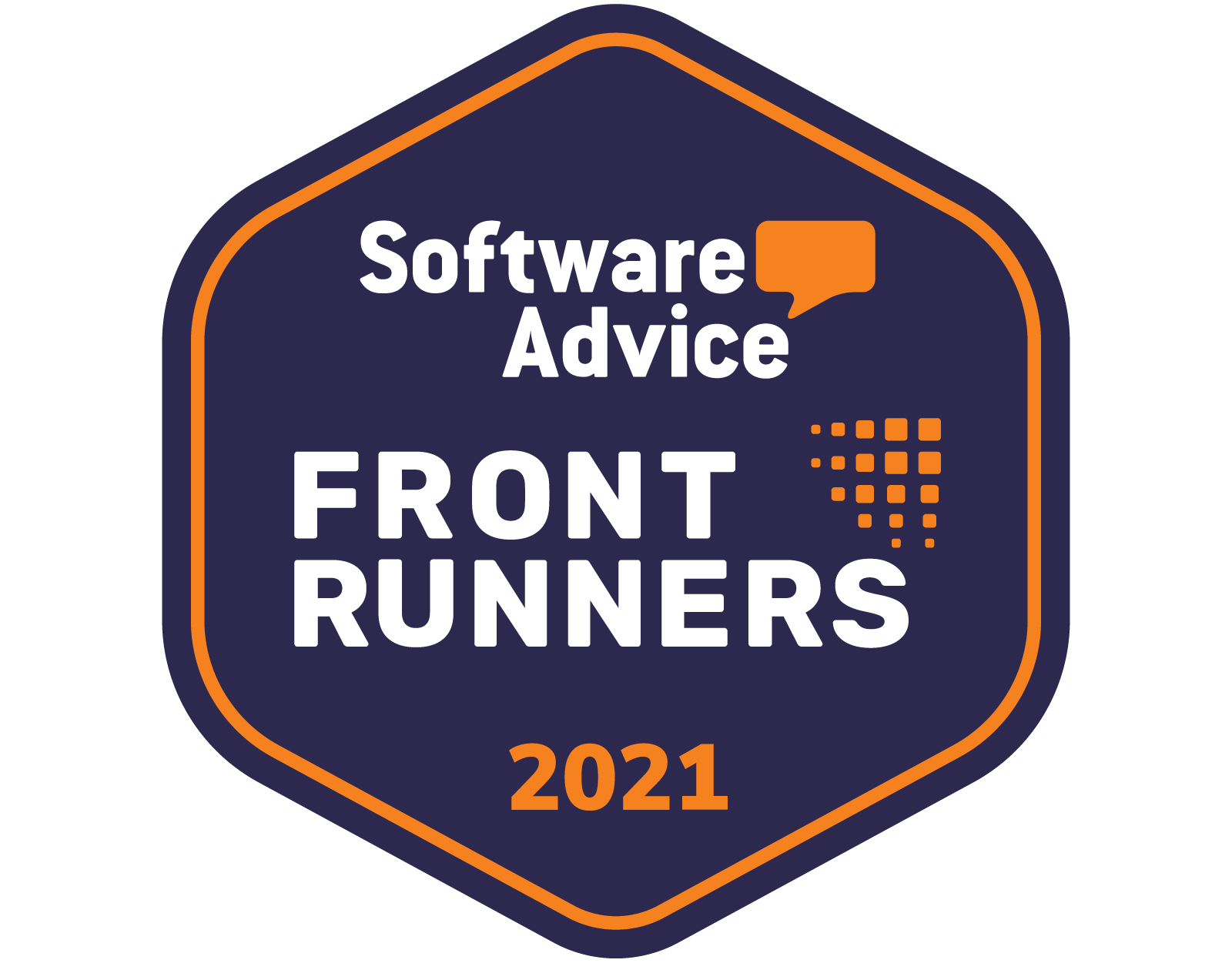Limbing and Bucking in Tree Care
Contributor: Safesite HQ 2 Jurisdiction: General
Use this safety meeting to discuss limbing and bucking protocols to prevent injuries.

1. When removing branches or cutting a downed tree, there is the potential for stored energy that can cause struck-by hazards.
2. Always have at least two people in the area during limbing and bucking. Only one saw operator should be working on a tree at a time.
3. When limbing from standing timber never cut above your shoulders as cutting would require you to hold the chain saw at arms length. Holding the chainsaw away from your body can cause you to lose control as well as ergonomic issues by holding an awkward posture.
4. When limbing trees from the ground, it's important to inspect the tree before cutting. Never walk under a felled tree as it may fall without warning.
5. Cutting limbs under tension has a high potential for stored energy. Release tension from a spring pole at the maximum point of tension.
6. To release the tension, cut the 45° angle at the intersection of the vertical line from the base of the tree and the horizontal line of the highest point. Cut gradually with small kerf cuts at a high RPM. The arch of the spring pole will start to fold into itself, relieving the pressure.
7. After limbing and before you start to buck, use blocks to avoid rolling and buck on the uphill side if possible.
8. Avoid running your chainsaw into the ground and keep a firm grip on the chainsaw. When your tree is flat on the ground, overbuck to avoid cutting into the ground. If your tree is suspended, start with an overbuck and then follow through with an underbuck to avoid splintering.
9. To avoid kickback from the chainsaw, never use the tip of the saw bar. The larger the bar nose, the higher the risk. In addition, proper chainsaw maintenance can reduce your risk for kickback. Make sure your chain isn't dull, has proper tension, and that the saw doesn't have any bent, crack, or broken components.
10. Proper PPE includes cut-resistant leg protection, safety glasses, and gloves. Follow any additional PPE requirements your company policy may have.
11. In what other ways can you prevent potential injuries while limbing and bucking?
Additional Comments

Can't find what you are looking for?
